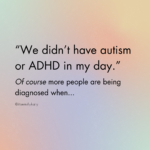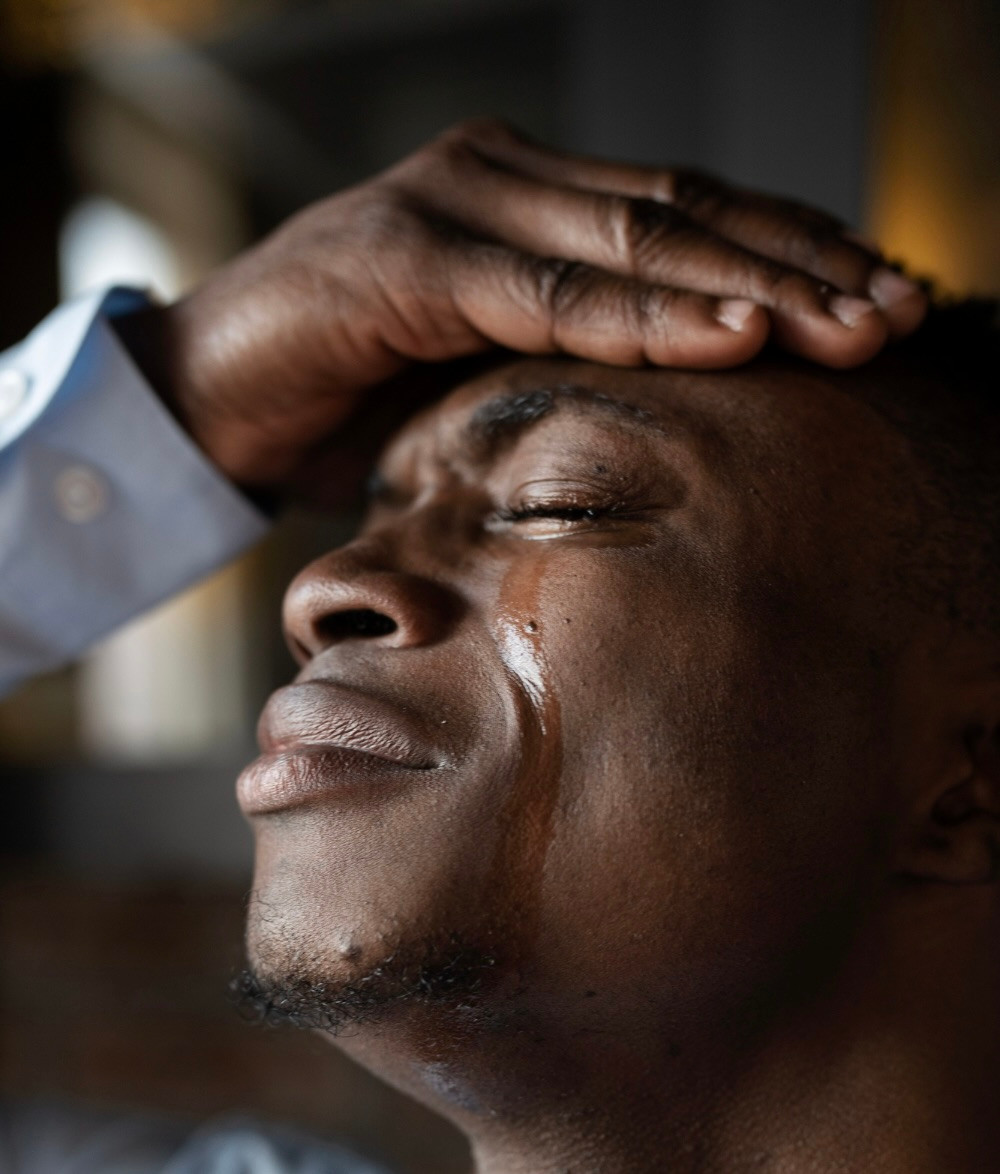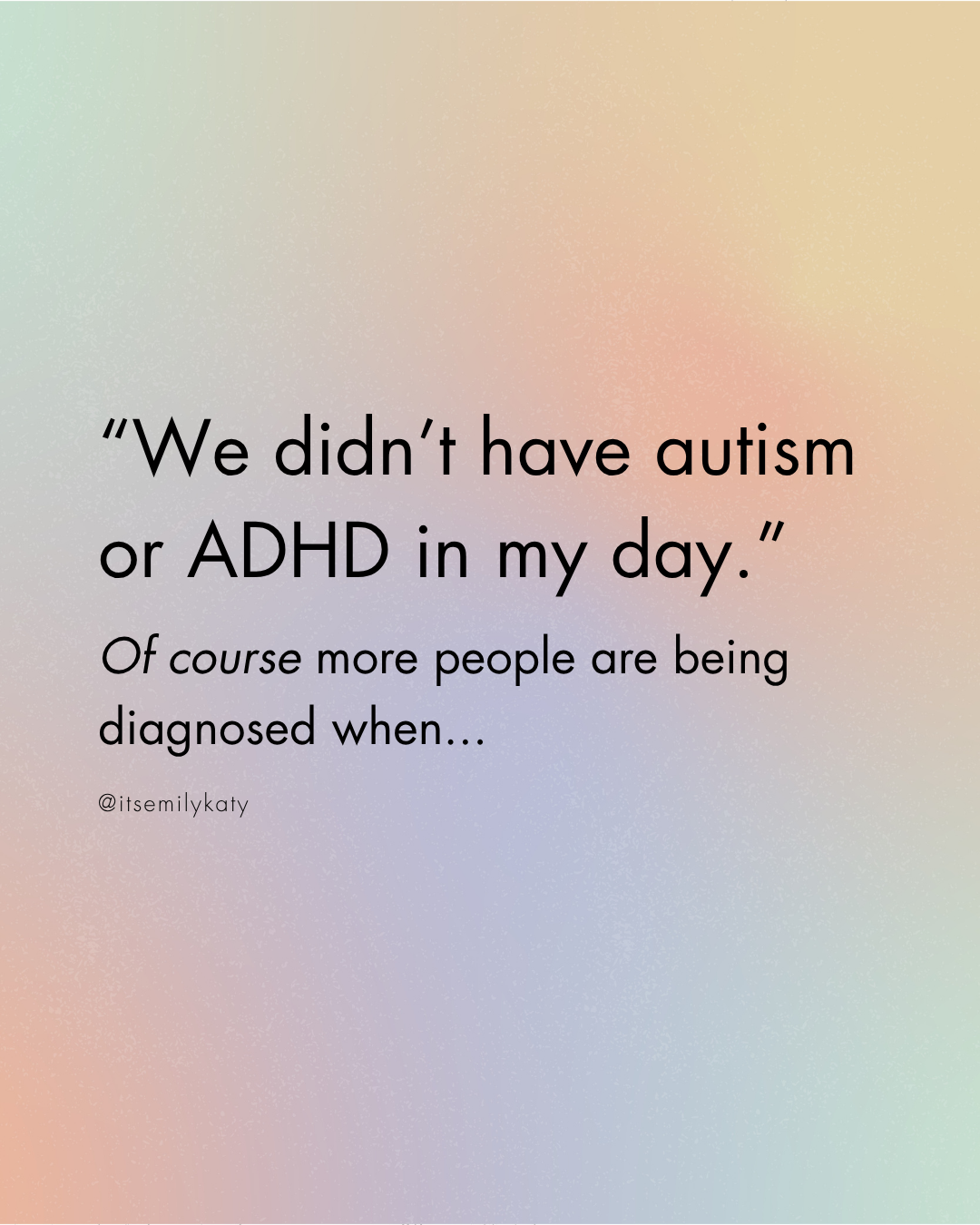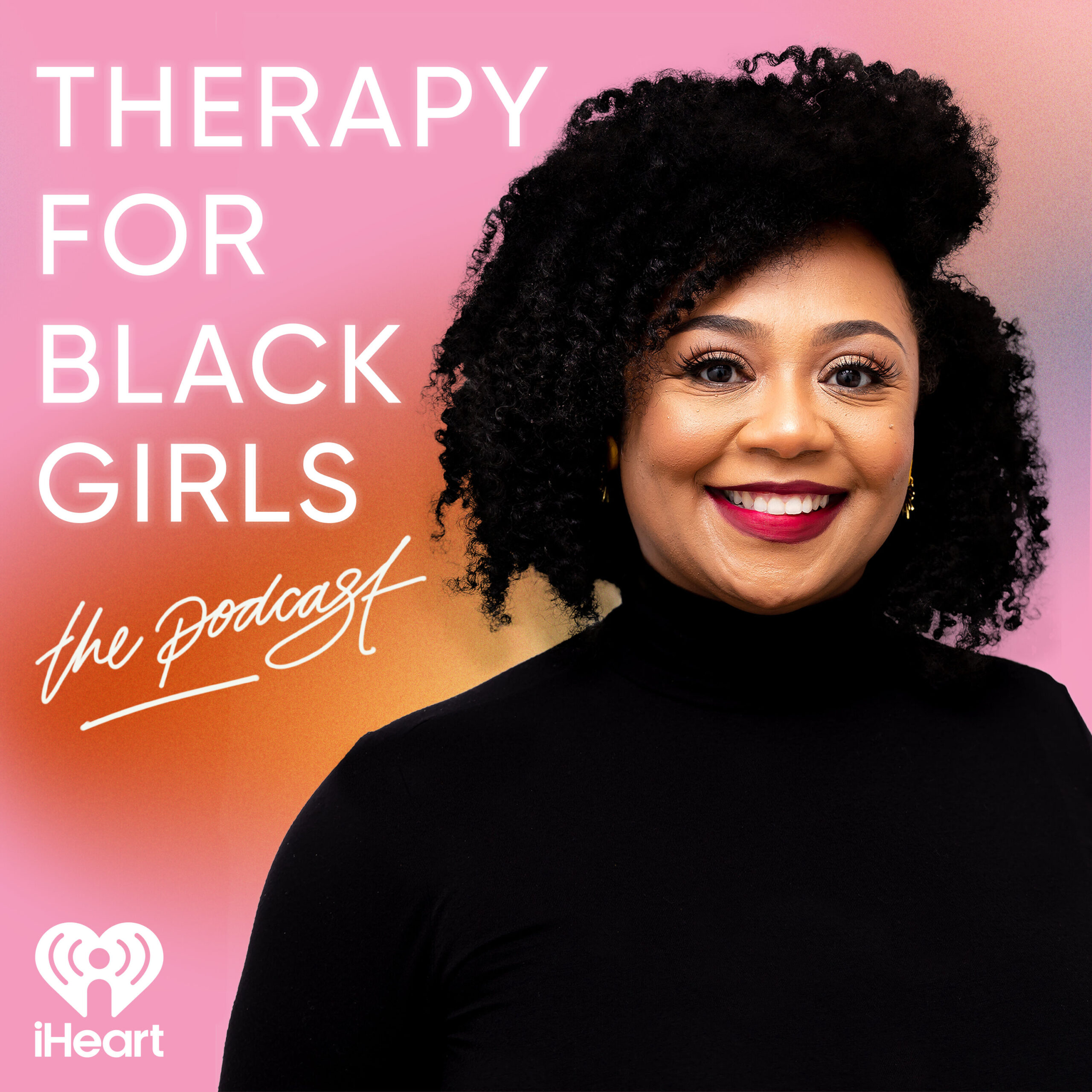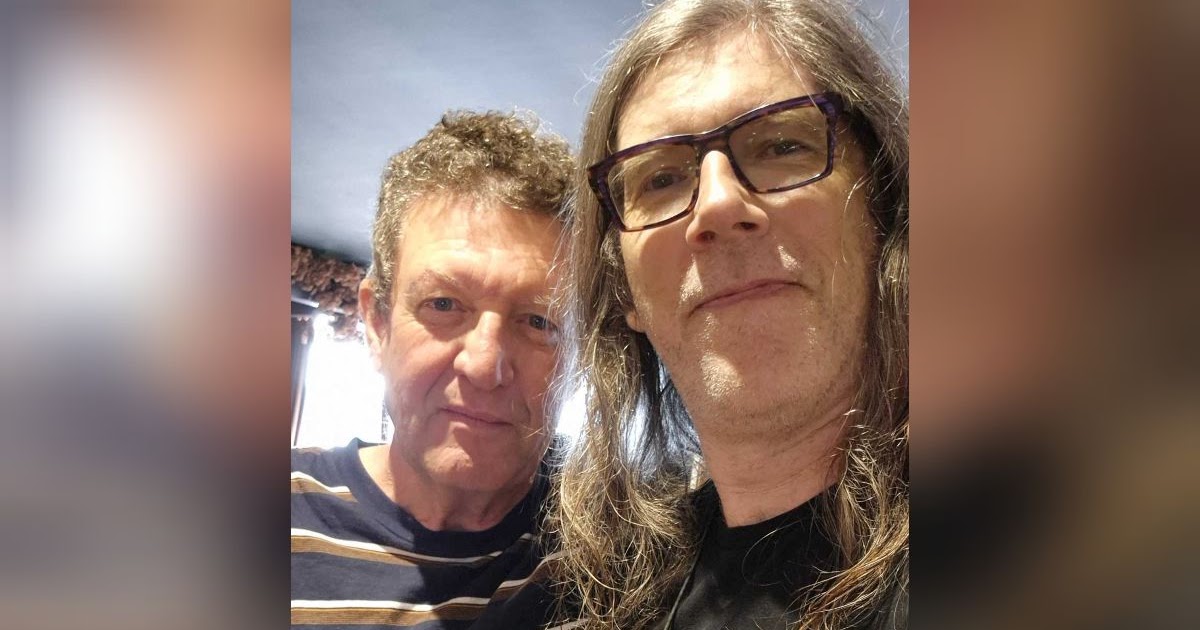
When it comes to emotions, many of us have been taught to believe that men and women are wired differently. Culturally, we may picture women as more emotional and men as more stoic. But neuroscience tells a different story.
From birth, every human being—regardless of gender—comes equipped with the exact same core emotions. They include fear, anger, sadness, disgust, joy, and excitement. These universal, hardwired emotional systems are located deep within the brain, primarily in regions like the amygdala and brainstem, which is why these emotions are NOT under conscious control. Evolved to help us survive and thrive, core emotions alert us to danger, connect us to others, and motivate adaptive actions. We cannot stop our emotions, but we can absolutely work with them in optimal ways.
Antonio Damasio, a pioneering neuroscientist, has shown that emotions are not only biological and universal, but they are essential for decision-making, self-awareness, and making meaning of our lives.
Emotions arise in the body first as physical sensations, and then travel up to the brain where they are felt, named, and integrated into thoughts and behaviors. This process is the same in all human beings.
Neuroscientist Bud Craig made groundbreaking contributions to our understanding of how the body and brain process emotions. According to Craig, emotions aren’t just thoughts or reactions—they’re built-in, biological tools that help us survive, make good decisions, and stay in physiological balance. In other words, emotions are natural and necessary.
The differences we observe in how men and women express core emotions are not biological but social. From a young age, boys are often humiliated for displaying vulnerable emotions like sadness or fear. How many times have we overheard a parent telling a crying boy, “Stop it” or “Man up” or Don’t act like a girl!” Over time, these moments become internalized causing boys to grow into men that don’t perceive their tender emotions anymore. But they are still there, just heavily guarded with defenses.
Girls, in kind, may be discouraged from or criticized for expressing anger.
The way our parents and society allow our emotions as children is how we end up allowing our emotions as adults. We come to believe that the emotional capacities of men and women are fundamentally different. But they are not.
“Girls are socialized to be emotional … whereas boys are socialized to be unemotional … constraining how, where, why, and with whom certain emotions are expressed.” – Wester, S. R., et al (2002)
What I’ve witnessed in my psychotherapy practice, and what research supports, is that when men feel safe, meaning their feelings will be unconditionally accepted and validated, they feel just as deeply as women do. They cry, they fear, they hurt, they long for connection, they have needs, and they love. And when women are given space to express anger and assertiveness without shame, they find the strength that was always there. In my practice, I teach men and women about emotions using the Change Triangle. This universal tool for emotional health teaches us how emotions work in the mind and body, how to re-connect with the full spectrum of our core emotions, and how to spend more time in calm and confident states of being.
Understanding that we all share the same emotional makeup isn’t just a scientific fact—it’s a path to greater compassion and connection. When we stop judging emotions and start using them as the powerful compass for living that they are, we are transformed and empowered to grow, relate, and feel more whole.
Having and expressing emotions isn’t a “female thing” or a “male thing.” It’s a human thing.
Clark, D. Q., & Altarriba, J. (2023). Social-cultural socializations of emotion. In Current Topics in Behavioral
Damasio, A. (1999).Damasio, A. R. (1999). The feeling of what happens: Body and emotion in the making of consciousness. Harcourt.
Fosha, D. (2000). The transforming power of affect: A model for accelerated change. New York, NY: Basic Books.
Jacobs Hendel, H. (2018). It’s not always depression: Working the Change Triangle to listen to the body, discover core emotions, and connect to your authentic self (1st ed.). New York, NY: Random House.
Kring, A. M., & Gordon, A. H. (1998).Kring, A. M., & Gordon, A. H. (1998). Sex differences in emotion: Expression, experience, and physiology. Journal of Personality and Social Psychology, 74(3), 686–703. https://doi.org/10.1037/0022-3514.74.3.686
Mesquita, B., & Leu, J. (2007).Mesquita, B., & Leu, J. (2007). The cultural psychology of emotion. In S. Kitayama & D. Cohen (Eds.), Handbook of cultural psychology (pp. 734–759). Guilford Press.
Panksepp, J. (1998).Panksepp, J. (1998). Affective neuroscience: The foundations of human and animal emotions. Oxford University Press.
Tomkins, S. S. (1962–1992).Tomkins, S. S. (1962–1992). Affect, imagery, consciousness (Vols. 1–4). Springer Publishing Company.
Wester, S. R., Vogel, D. L., Pressly, P. K., & Heesacker, M. (2002). Sex differences in emotion: A critical review of the literature and implications for counseling psychology. The Counseling Psychologist, 30(4), 528–567.
